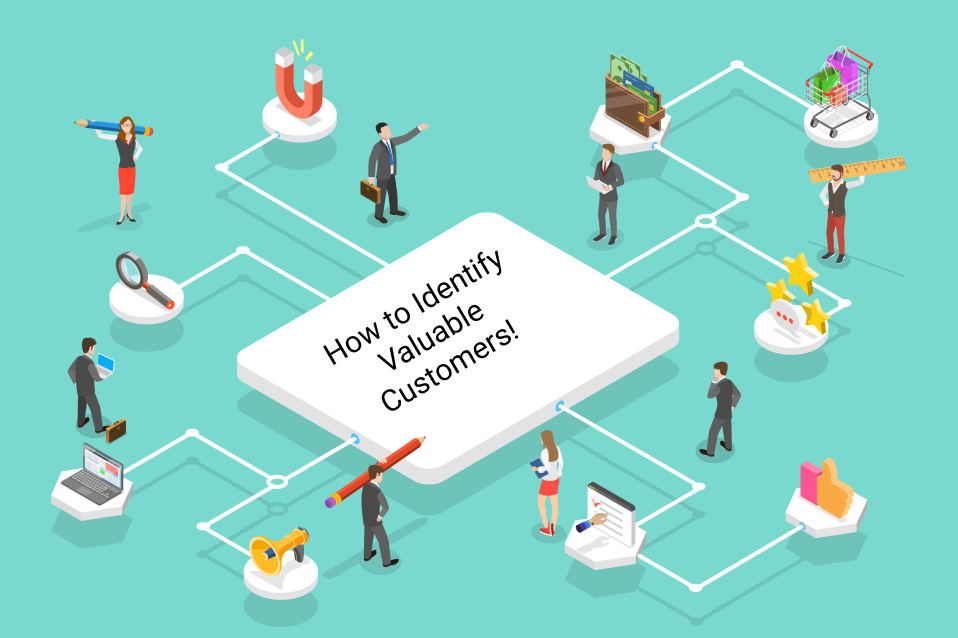
In the vast ocean of the B2B world, enterprise customers – often referred to as “whales” due to their significant revenue potential – represent the elusive yet highly coveted prizes. These large organizations come with hefty contracts, long-term relationships, and the ability to catapult your business to new heights. But like landing an actual whale, acquiring them requires specialized knowledge, unwavering dedication, and a well-defined strategy.
This guide dives deep into the intricacies of “whale hunting,” equipping you with the essential strategies to attract, engage, and ultimately win over high-value enterprise customers.
Understanding the Whale:
Before setting sail, it’s crucial to map the terrain. Begin by thoroughly understanding your target enterprise clients. Conduct in-depth research to grasp their:
- Pain points: Identify the specific challenges they face, whether it’s operational inefficiencies, security vulnerabilities, or market disruption. Deeply understanding their pain points allows you to tailor your value proposition to provide a specific solution.
- Decision-making process: Enterprise purchases often involve multiple stakeholders with diverse interests and priorities. Knowing who influences decisions, their approval processes, and potential objections helps you navigate the internal dynamics effectively.
- Technology landscape: Analyze their existing technology stack and identify potential integration points or compatibility issues. Demonstrating smooth integration with their existing systems increases adoption likelihood.

Crafting the Lure:
Whales aren’t easily persuaded by generic bait. Your value proposition needs to be laser-focused and resonate with their specific needs. Here’s how:
- Focus on ROI: Quantify the value you offer. Translate features into concrete benefits like cost savings, increased productivity, or market share gains. Use data, case studies, and testimonials from similar enterprises to solidify your claims.
- Emphasize security and compliance: Enterprise customers prioritize data security and regulatory compliance. Showcase your robust security protocols, industry certifications, and compliance with relevant regulations.
- Personalize the message: Don’t blast generic emails. Research individual decision-makers, understand their priorities, and tailor your outreach accordingly. Show them you see them as unique entities with specific needs.
Casting the Net:
Now that you have a compelling message, it’s time to reach your ideal audience. Here are effective channels to explore:
- Targeted content marketing: Create high-quality content like white papers, webinars, and blog posts addressing the challenges faced by your target enterprises. Distribute your content through relevant industry publications, social media, and email marketing campaigns.
- Strategic partnerships: Collaborate with industry leaders, consultants, or complementary solution providers to gain access to their networks and build trust with potential clients.
- Attending industry events: Participate in conferences, trade shows, and industry gatherings to connect with decision-makers directly. Showcase your solution, network with potential clients, and gather valuable insights.

Hooking the Big One:
Once you’ve attracted interest, it’s time to demonstrate your expertise and build trust. Here’s how to reel them in:
- Tailored demos and presentations: Don’t rely on generic presentations. Tailor your demos to address the specific needs and pain points of each potential client. Highlight how your solution integrates seamlessly with their existing systems and infrastructure.
- Proof of concept (POC): Offer POCs to allow potential clients to experience the real-world benefits of your solution in a controlled environment. This reduces their risk and builds confidence in your offering.
- Executive engagement: Secure meetings with key decision-makers. Be prepared to address their concerns, answer their questions, and demonstrate your value proposition at the highest level.
- Building relationships: Don’t underestimate the power of personal relationships. Foster genuine connections with key decision-makers, understand their individual motivations, and become a trusted advisor.
The Long Game:
Landing a whale is only the beginning of the journey. Building a long-term, mutually beneficial relationship is key. Here’s how:
- Exceed expectations: Deliver exceptional customer service. Be proactive in addressing their needs, provide ongoing support, and regularly demonstrate the value you bring.
- Become a strategic partner: Go beyond simply providing a solution. Offer strategic insights, industry trends, and ongoing consultations to help them achieve their business goals.
- Continuous improvement: Actively solicit feedback, gather usage data, and adapt your solution to their evolving needs. Demonstrate your commitment to being a long-term partner in their success.
Remember:
- Patience is key: Acquiring enterprise customers is a marathon, not a sprint. Be prepared for a lengthy sales cycle with multiple decision-makers involved.
- Agility is essential: Be adaptable and responsive to their changing needs and market dynamics.
Build a winning team: Assemble a team with deep industry knowledge, strong communication skills

